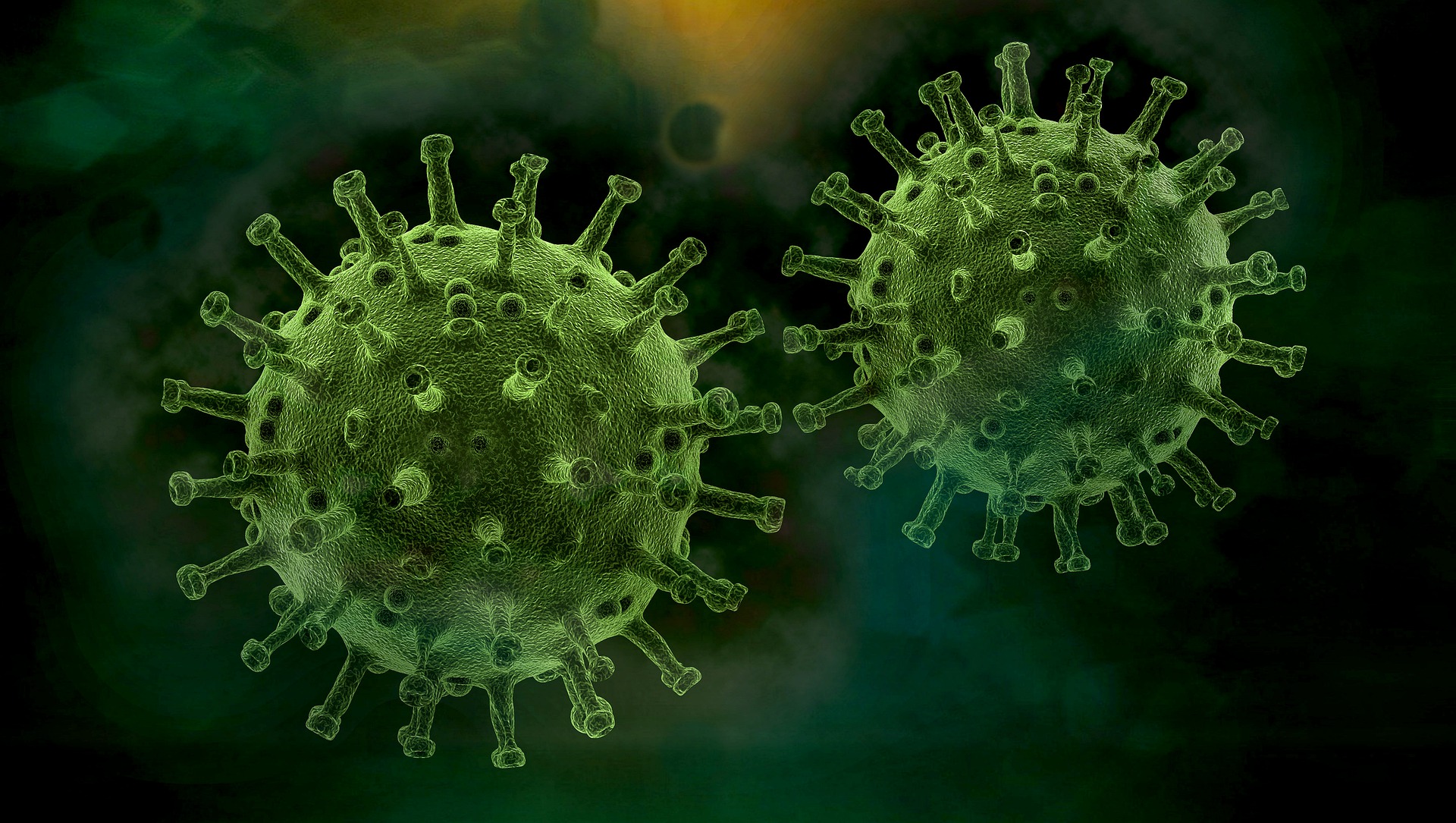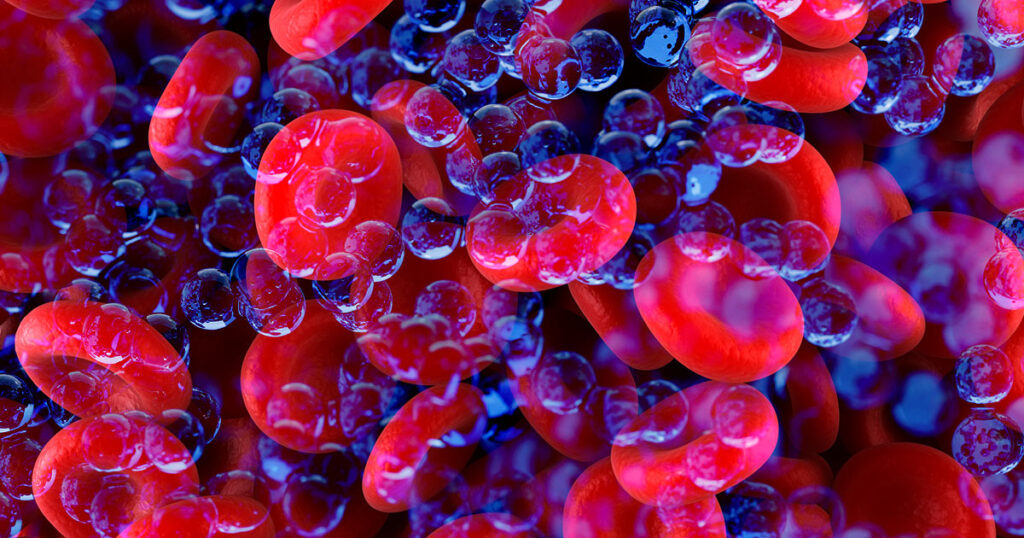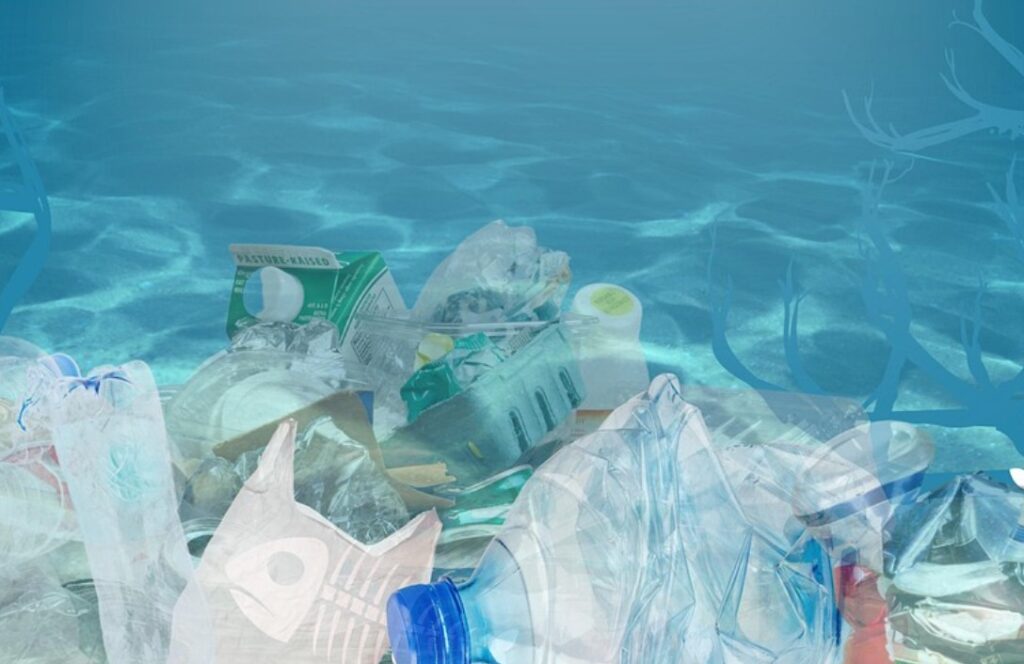Around 320,000 types of viruses and 5,000 types of bacteria worldwide pose a health risk to humans. The World Health Organization (WHO) has published a list of the world’s most dangerous pathogens for the first time. This includes 17 viruses and bacteria that urgently need to be combated due to their risks, resistance, and potential consequences for health and society. The key criteria for the selection included high death rates, the severity of consequential damage, antibiotic resistance, and economic impact. Many pathogens lead to serious health problems, while some claim millions of lives yearly.
The WHO divides pathogens into three categories. The first group includes pathogens such as Klebsiella pneumonia, HIV-1, and the hepatitis C virus, which urgently require a vaccine. The second group includes diseases such as malaria, noroviruses, and influenza viruses, for which existing vaccines need to be further developed. Finally, there is a third group with pathogens such as the RSV virus, Mycobacterium tuberculosis, streptococci, and the dengue virus, for which vaccines have already been developed but are not yet licensed.
According to the WHO, vaccination strategies must be based not only on financial considerations but, above all, on the number of lives saved in endangered regions. The published list is based on a comprehensive study that considers regional expertise and includes not only the spread of pathogens but also their impact on society and family structures. It serves as a guide for setting specific targets to combat dangerous pathogens.
- source: oe24.at/picture: pixabay.com
This post has already been read 5400 times!



